Lesson 5: Making Maa Aankh
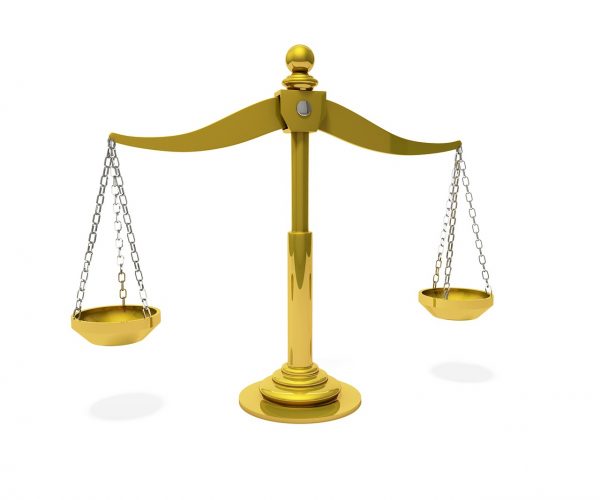
The term Maa Aankh is composed of the Kemetic words Maa – meaning “balance, law, order, truth, righteousness, etc.,” and Aankh – meaning “to live, to swear an oath,” which means that the Maa Aankh means “ To Live in Balance”, “Righteous Living” “To Live Righteously” and/or “To Swear an Oath to Live Righteously”. Righteousness in the Kemetic perspective is not about doing good versus evil because these are western concepts based upon perspective. Meaning, what is considered good from one’s perspective could be bad for another and vice versa. Instead, righteousness means to live in balance or Maa, and this is what is considered “good” in the Kemetic perspective. Whereas unrighteousness is imbalance and disorder or isfet, and is the Kemetic understanding of “evil.”
A lot of the practices performed in Kamta depends upon balance or Maa because it is the cornerstone of this tradition. If you read the Story of Osar (The Osiris Drama/ Myth According to Kamta) you would have learned that Kamta has a different interpretation in comparison with the other Kemetic spiritual systems and traditions.
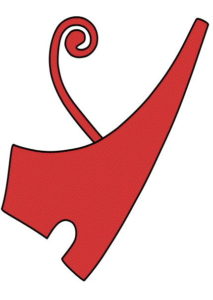
For instance, from the Kamta perspective, the youngest brother Set created imbalance and disorder or isfet because he was too materialistic (Material Isfet), which most Kemetic adherents would concur.
This is a common issue in most Western societies where the physical reality is seen as being more important or the only reality because we can access it via our five senses (touch, sight, smell, hearing, and taste). Consequently, those engrossed in TASETT (the physical reality – See Lesson 4) are egotistic, materialistic, and selfish.
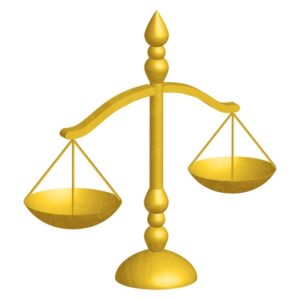
Material Isfet
(Material Imbalance)
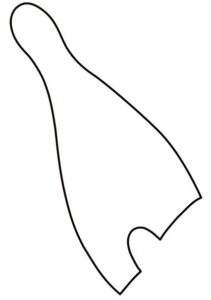
Where Kamta differs from other Kemetic spiritual systems and traditions is that in Kamta, it is believed that Osar (Osiris) also created isfet by being too spiritual, (Spiritual Isfet), which resulted in his death.
As more and more people become spiritually aware in previously spiritually suppressed societies. There is a tendency for some practitioners to become so engrossed with the serene beauty of the spiritual reality to the point that they will look down on the physical reality as being totally illusionary and unimportant.
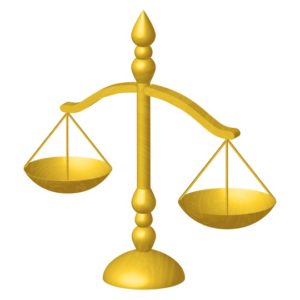
Spiritual Isfet
(Spiritual Imbalance)
It was Hru (Horus) with the help of Djahuti (who repaired Hru’s eye in the Story of Osar) who demonstrated what it means to live Maa, by learning how to stand on the edge of both Lands (the spiritual/physical realm).symbolized by the white and red Pschent crown symbolizing both Lands (spirit/physical realm).
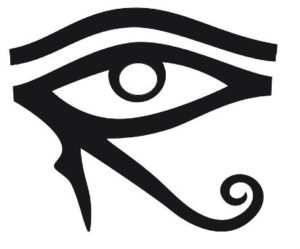
In other words, Hru learned about the limitations of both the spiritual and physical realms, which are. The spiritual realm is infinite, permanent, dark, and the source of everything that’s ethereal like love, prosperity, perfect health, success, etc. While the physical realm is finite, temporary, bright, and the physical embodiment of everything that is spiritual. This means that nothing in the physical world can give us true happiness, peace, prosperity, success, etc. However, at the same time simply meditating on happiness, peace, prosperity, success, etc. will not put food on your table or a roof over your head.
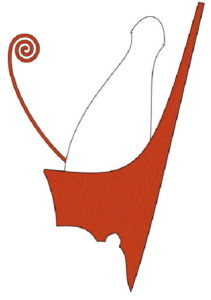
The Double White & Red Pschent Crown
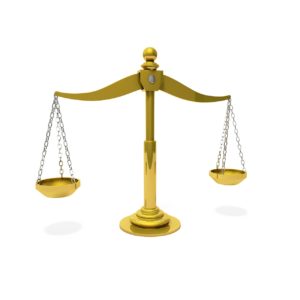
Maa (Balance/Law/Order/Righteousness)
There needs to be a balance between the two and Hru was the one who understood that the spiritual and physical realities are both equally important. For instance, many people suffer from the erroneous belief that money is evil but, money like every other physical thing is a tool that can be used for constructive or destructive purposes. Like all physical and temporal things, money cannot buy perfect health, peace, happiness, etc. because these are all ethereal attributes. Therefore, if it is kept in mind that money is a physical tool and perfect health, peace, happiness, success, prosperity, etc. are all ethereal. Then, an individual living Maa Aankh would use money to buy food, pay for utilities, clothed, and ultimately help others, and be at peace because they have the capabilities of doing so. This is what makes them more prosperous and successful because they function out of the spiritual mindset of abundance versus the physical mindset of lack.
Wouldn’t the world truly be transformed if spiritual gurus were wealthy policymakers versus business people who are mostly concerned with making a profit, were the influences behind policies?
How can we establish and live in balance? The Kemetic and Kongo Way is to partner with those on the other side of the veil.
Since, we are living beings with a physical body from the physical realm that forces us to abide by time and space, which means for us to go anywhere. It takes time and a lot of physical resources, which allows us to physically experience life and spiritually grow. However, the spirits are entities that do not have a physical body, which allows spirits to go anywhere at any time in a matter of seconds, and influence the thoughts of most people. But, the lack of a physical body prevents them from experiencing life and so, spiritually growing.
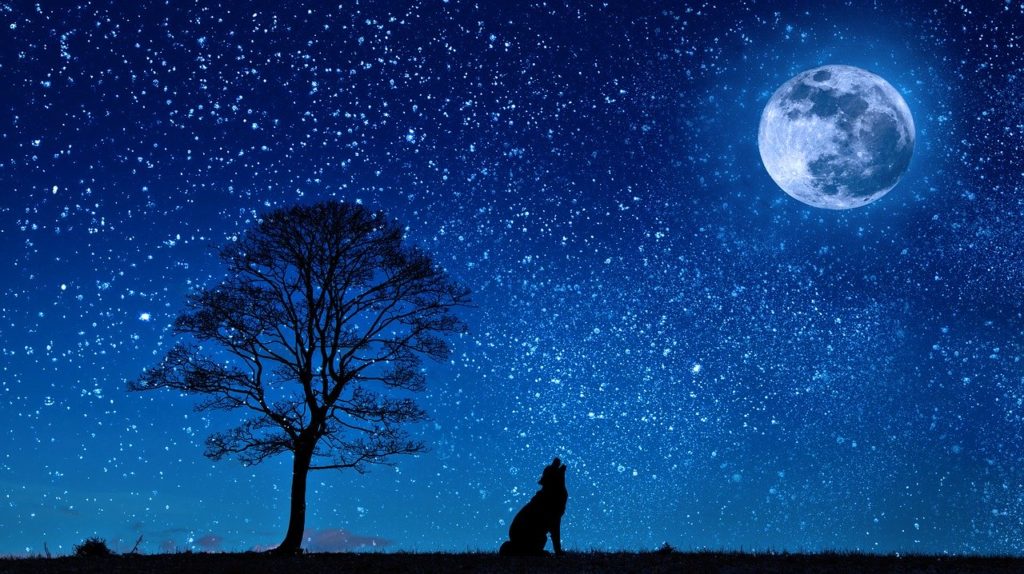
The Spirits in KAMTA
By partnering with a spirit, the living gains access to an unlimited amount of knowledge, wisdom, and power, which will allow him or her to improve the quality of their life. While the spirit although unable to physically experience life, can learn through the living’s experience and thereby spiritually grow.
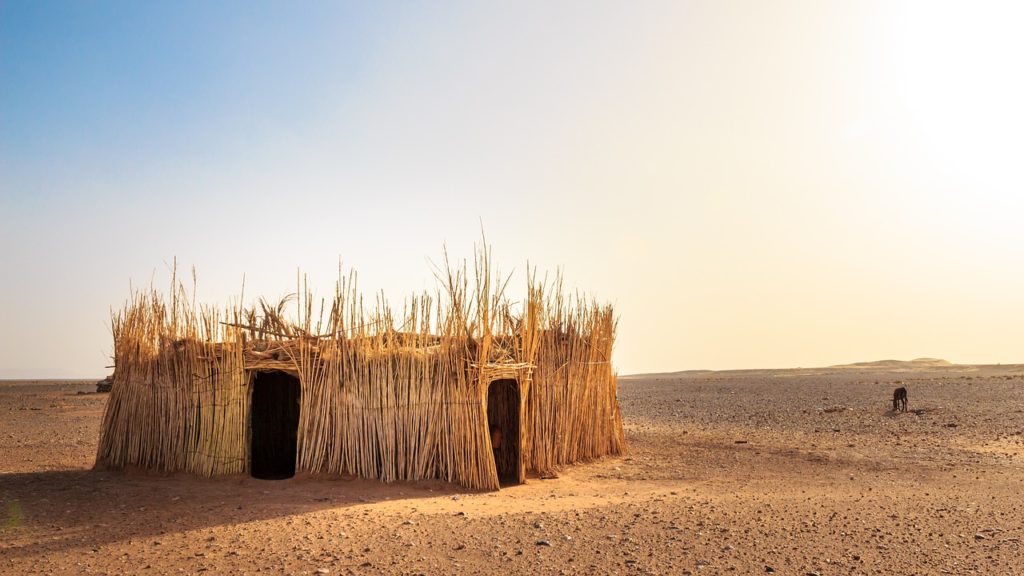
The Living in TASETT
Drawing the Maa Aankh Ritual
First, to draw the Maa Aankh follow the seven steps given below. The Maa Aankh can be drawn with a writing utensil or imaginary. (Originally printed in Kamta: A Practical Kemetic Path.)
Recite while drawing
Draw
Step 1:
Begin by drawing from left to right a horizontal line, while saying “Nyun.”
Step 2:
Draw an intersecting vertical line from the bottom across the horizontal line, while saying “maa.”

Step 3:
From the arm of the vertical line draw a diagonal line to the right of the horizontal line above, while saying “Shu.”

Step 4:
From the right side of the horizontal arm, draw a diagonal line to the top of the vertical line, while saying “Tefnut.”

Step 5:
From the top of the vertical line, draw a diagonal line to the left arm of the horizontal line, while saying “Shu.”

Step 6:
From the left arm of the horizontal line, draw a diagonal line to the bottom of the vertical line, while saying “Tefnut.”

Step 7:
Complete the Maa aankh by drawing from the bottom of the diagram a counter-clockwise circle connecting all of the points. While doing this say the following invocation, “Es Khepera, Ra, Ra Atum en Amun Ra,” which is a salutation to Nebertcher that means “Greetings/Hail to the One that Governs Birth, Life, Death, and Rebirth.”

In Summary
One of the great things about performing this ritual is that it helps you to become aware of both realities or the Two Lands and strive to see the Maa (Balance, Law, Truth, and Purpose) in all things. Therefore, before going outside, traveling to work, go through the woods, while standing on a beach shore, or before entering a cemetery, and even going to sleep. You will become aware that you are in the known realm (TASETT) and entering into an unknown realm (KAMTA). This will help you to realize the importance of prayer, as well as optimistic and wishful thinking. An example of such is shown in The Acknowledging the Call Ritual below.

